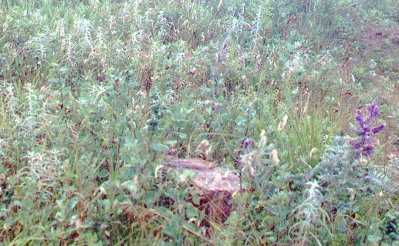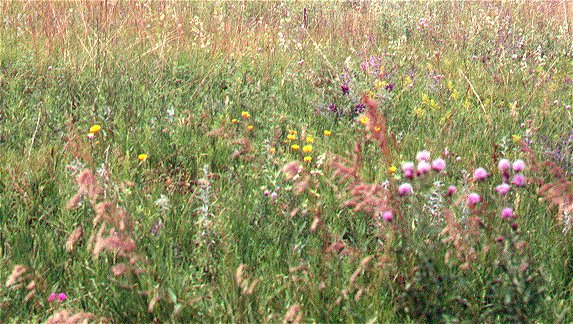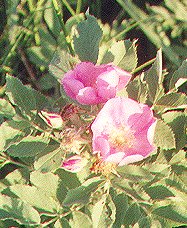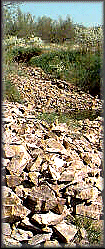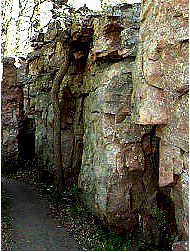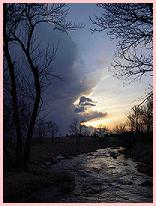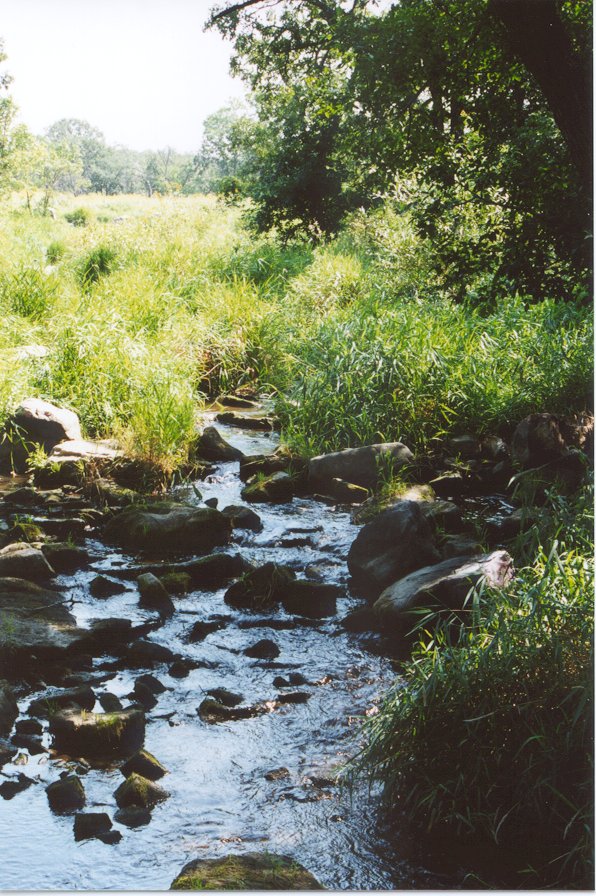|
 
This site redesigned
June 2007
Copyright:
Gloria Hazell
1997 - 2007
All Rights Reserved.
This
site is rated by the following organizations



This
site designed by

Dragonfly
Dezignz
Graphics by Gloria Hazell 1997 - 2007
The background is from a quilled moccasin, graphic by Gloria Hazell
The
medicine wheel logo was drawn by Solomon Derby and gifted to the Center
for our use.
Thank you Solomon
Thank you for the skill with which you present your products. There are no big marketing schemes, just the simple truth. That is a good thing for people on the internet to discover.
Beth, MN. November 14, 2001
Thank you for your continued educational and informational efforts to protect the Pipestone quarries from those who would misuse, abuse and deplete this precious resource! -
Kathleen, Indiana, April 2002
Thank you, both, for your efforts upon this site. It is extremely well done and informative. Thank you, for extending your time and energies to this site. Walk with the Sun; Dance with the Moon; Sing with the Stars; But always...Run with the Wind. -
Snow Owl, Nevada. December 8, 2001
|
Here
are more photos of the differences between the quarries
and the stone.
This
page is very long with a lot of photographs in it,
we have optimised them but they may take a time to
load, depending on your modem speed.
If you are interested in where the genuine
red stone for Sacred pipes comes from please stay
and look at the information. |
|
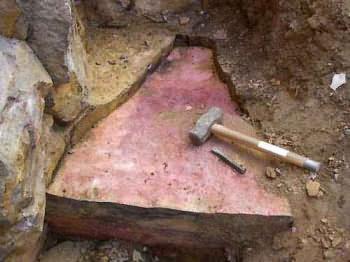
|
This
looks like Catlinite, however Catlinite NEVER comes
in a geode form. This is definitely NOT Catlinite.
Catlinite
comes only in layers of about 1 1/2 inches to 3
inches thick, the thickest is rare to find, although
last year Chuck did get some out of that size.
|
This
photo shows what the stone looks like where it lays.
As you can see it is flat not round like the above
photo, and the color is less purple and mottled in
more subdued colors than the geode above. |
This
is what it looks like when you are down in the
quarry. The stone wall that you see is quartzite,
and has to be broken through. Not easy. This
is the the quarry that Chuck has used for many
years and the same one that his father used
before him at the monument, a working quarry
that has been used for hundreds of years. The
pipestone layer is way down where the red area
is in the bottom left corner. |
This
is as much room you will have to move in. Just
enough room to swing your hammer, or pickaxe.
You can see your tools on the bottom corner
of the picture, so pick them up and lets get
working! What do you mean, 'No Way!' don't you
like the idea of breaking your back for a few
weeks?
|
|
|
|
|
The
two pictures above show the jigsaw effect of the way
the Catlinite lays, they are not in square slabs but
come out along the seams which are all shapes in the
second picture you can see the seam line running back
at an angle. This is where the quarrier will separate
the two pieces from each other. Both will have various
thicknesses as can be seen in the first picture. |
|
|
You
can see the Catlinite layer where the hammer head
is in the top photo. You can see by the photos that
getting the Catlinite out is a difficult, time consuming
job. You can also see that when Chuck quarries he
makes sure the area is clean and as dust free as possible,
that way he can feel where the hairline cracks are
in the rocks. |
These
photos are copyright Chuck Derby 2002,2003 All Rights
Reserved |
The
Other Quarries
Please
point your mouse on to each picture to read what they
are. |
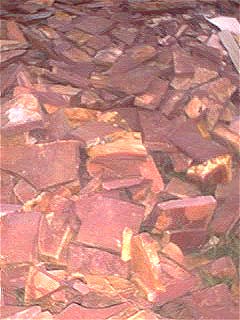 |
|
The
above photos are all from the same quarry.
The
quarry has been in use for a number of years. It is
owned by business people in Pipestone. They sell the
stone in their store, motel and to other businesses.
This
stone is also sold on the Internet in EBay auctions.
we bought some from a number of these auctions, and
have the paperwork trail to show the proceedure. The
pieces of stone couldn't be worked, a number of craftspeople
have tried, and it just breaks. One seller had been
asked if this was stone from the quarries in Pipestone
and he answered that it was the stone from Pipestone
that the Indians had used for thousands of years. |
There
is another quarry close to the one above, where most
of the stone sold in the past came from. That business
has now been sold, however the stone is still being
sold. We will include one photo here of that quarry
so that you can see where most of the false stone
sold during the last 20 years came from. |

If
we compare these sites to the real ancient quarries
in Pipestone, what a difference we will see. In Pipestone
the earth is hardly disturbed, grasses and prairie
flowers grow in abundance around the quarries, sage
is there for the picking to smudge, or use as a medicine
when the quarrier needs to use it, and the peace and
quiet is so great that if it wasn't for the birds
singing and the bees gently humming you would think
you had gone deaf.
Enjoy
the next pictures......... |
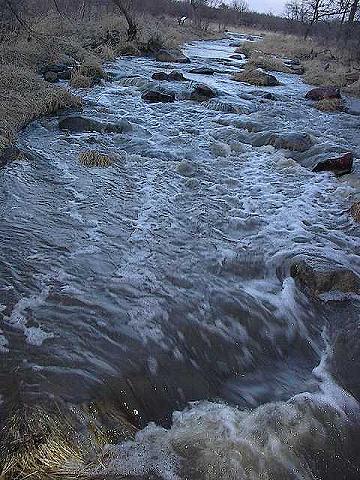 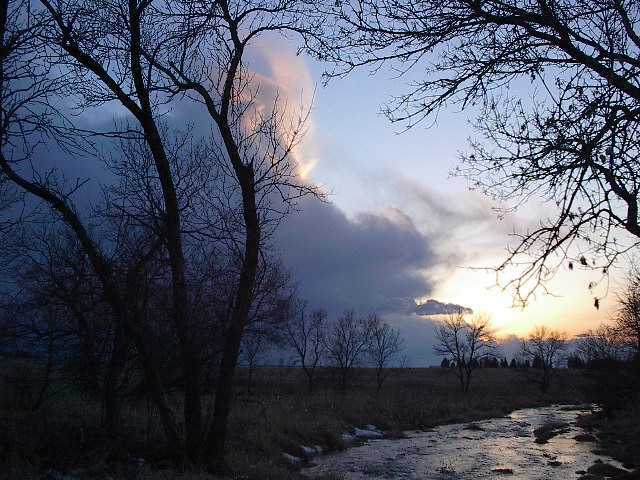
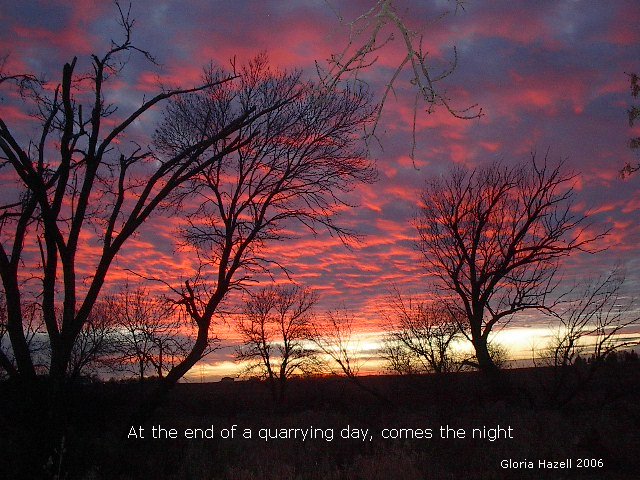
Pipestone National Monument 2006
These
photos are copyright of Chuck Derby & Gloria Hazell
1999, 2000, 2001, 2002, 2003, 2004, 2005, 2006,2007. All Rights Reserved.
Considering
the ancient quarries have been used for hundreds
of years, the scenery has not been altered. What
a difference to the two newer quarries, one looking
like a landfill, or construction site, the other
with big openings where machinery has been forcing
the earth open.
The lichen that is growing on the ancient stones
either on the rock face or the old pile of stones
at Chuck's quarry, takes 100 years to grow (travel)
an inch. Just by that statistic it shows how long
these quarries have been in use. Wouldn't it be
nice to know that your Pipe originated here in Pipestone.
Contact
us at the Little Feather Center if you want genuine
Catlinite. We guarantee the stone we have here,
or that we recommend.
|
|
|
317 4th Street North East, Pipestone Minnesota USA
littlefeather4 at hotmail dot com
|
|
![]()




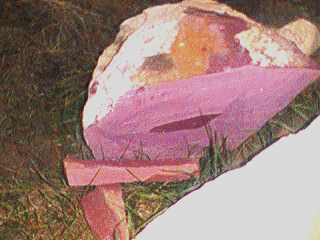



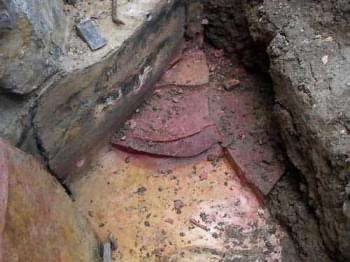
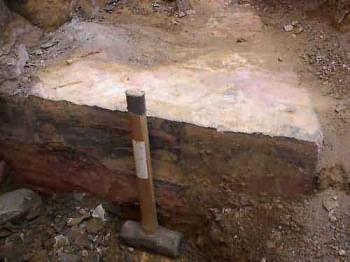


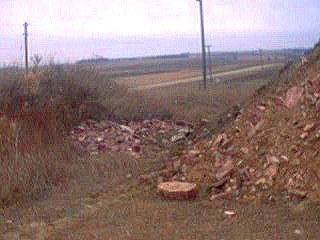
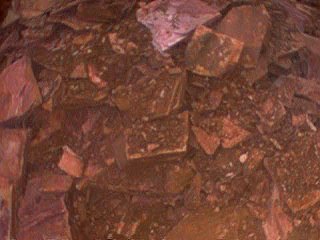
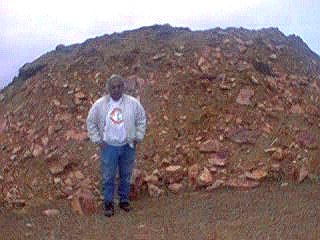
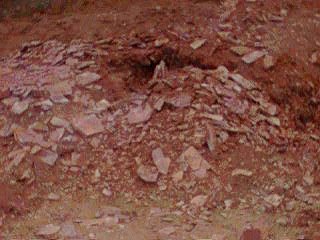
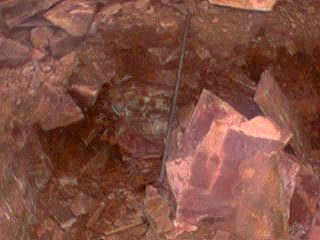
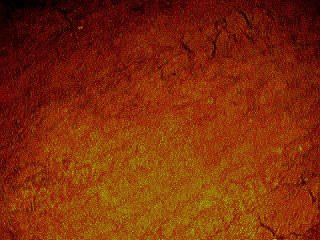




 wild
purples
wild
purples 